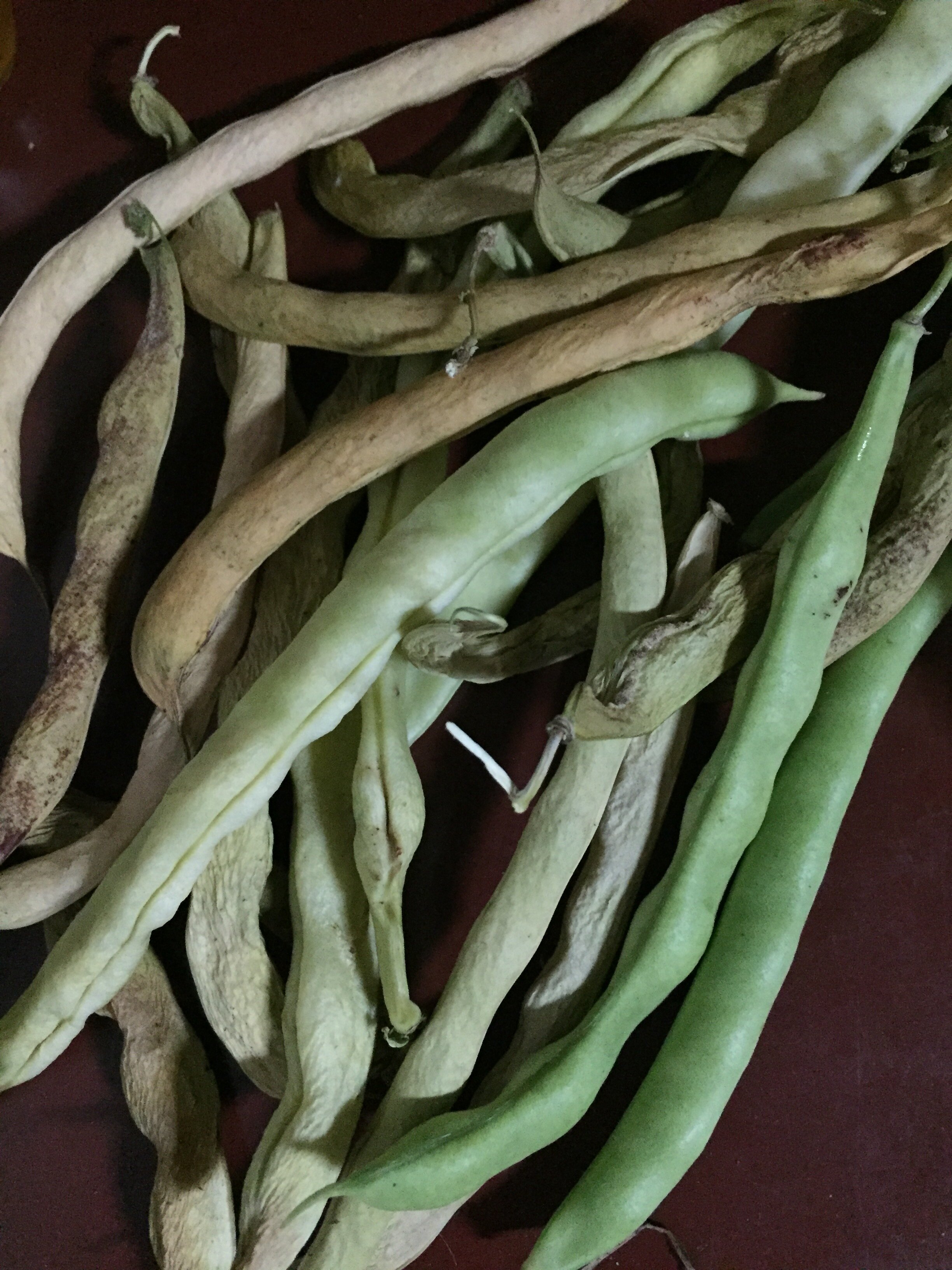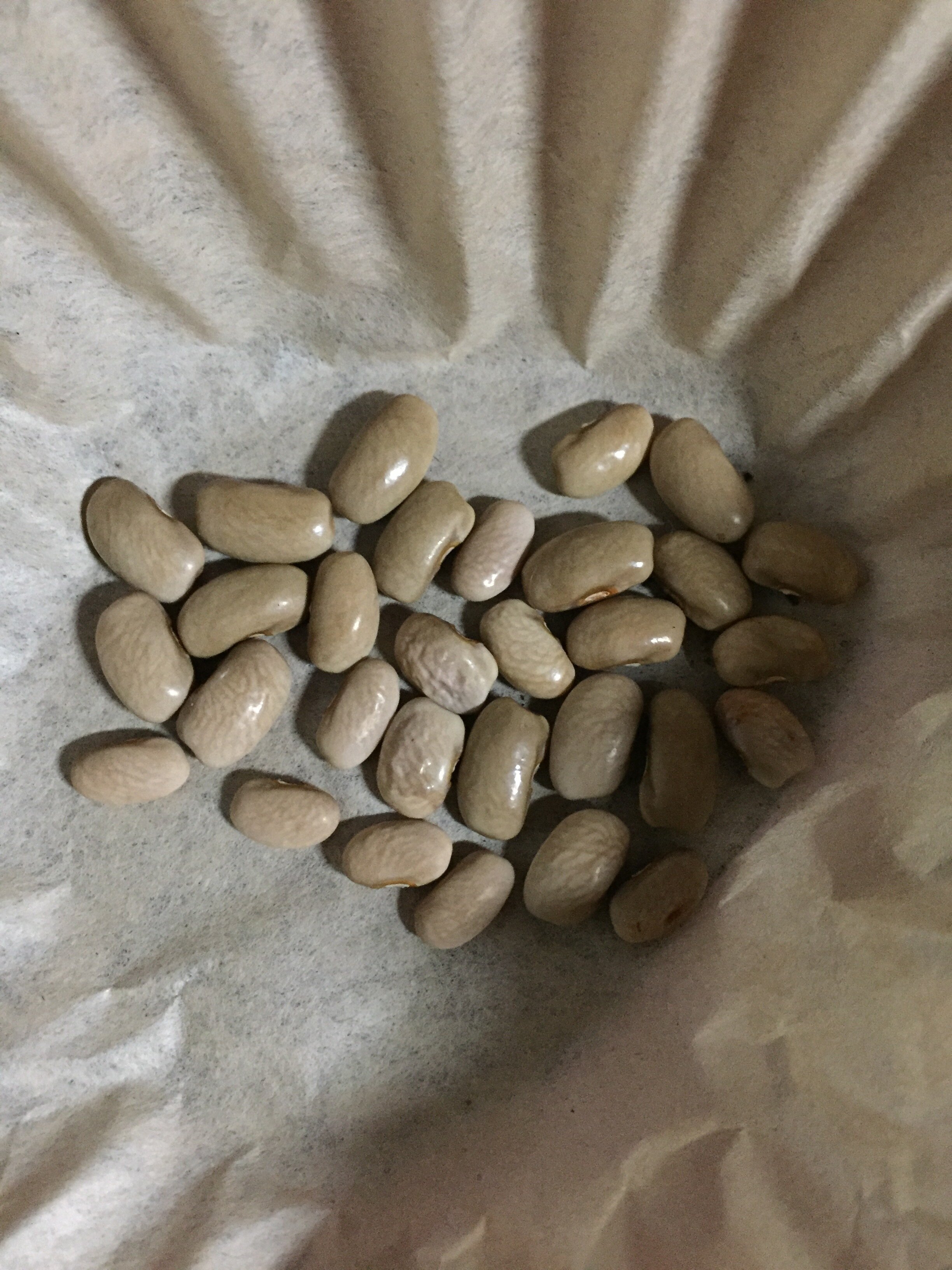We try to compost as much as possible in our house. However, as the weather gets colder, we find ourselves less and less inclined to trek outside to the compost bin to dispose of our food scraps. That’s why we decided to order a worm composter! It seemed so simple. The advertisement said it was odor-free so we can keep it indoors, the worms will compost down the food scraps we don’t want to carry outside, and we’ll have the added benefit of being able to feed our vegetable gardens with nutritious worm castings. It seemed like a no-brainer. That is, until the worms showed up before the composter!
We read all the warnings in all the blog posts. “DON’T ORDER WORMS BEFORE YOU HAVE A PLACE TO PUT THEM.” We thought we understood. We got it. We didn’t order them before the composter. We ordered them at the exact same time. Smart right? Wrong again. Our composter was set to arrive on a Monday afternoon and on the Friday before, a bag of dehydrated, hungry worms showed up on our doorstep needing a place to live and a meal to eat and we had no where to put them.
So again to the blog posts and online forums I went. Luckily we had everything we needed on hand to make a temporary home for our worms. We started with a plastic tub with a clip on lid and added a layer of peat moss. We then added chopped straw and water and mixed it all together.
Next, we added some eggshells, coffee grounds, and various kitchen scraps and covered that with another layer of moistened peat moss. Next, it was time to add the worms!
We then added a layer of moistened newspaper and were about to put the cover on, when realized we forgot the air holes. Now, we had read that the worms could be restless the first few days and may try to climb and escape their enclosure, but the worms looked so little, how far could they really climb? The answer is far, and much faster than you would expect. In the time it took us to go to the basement and drill a couple holes in the cover, the worms had scaled the walls of their enclosure and were spilling out onto the floor!
We retrieved the loose worms and got them all tucked under the newspaper and the cover on without any casualties. We placed the box under a light we use to grow microgreens, because we read light helps encourage them to burrow into the dirt, and patted ourselves on the back for a job well done.
That is, until I went to check on them about an hour later. The worms had escaped out of the air holes! They had spilled out onto the table and were making a run for our trays of microgreens. After another round-up of worms, we knew we needed a much larger container. We added more straw and peat moss to a bigger plastic tub and then dumped our little escapees into their upgraded living quarters. We then covered them with another dampened piece of news paper, left the top open, and placed them back under the light.
It has been a full 24 hours now and we thankfully haven’t had any more worm escapes. Hopefully that means they are happy and content in their temporary housing. Who knew keeping worms could be so stressful?



















